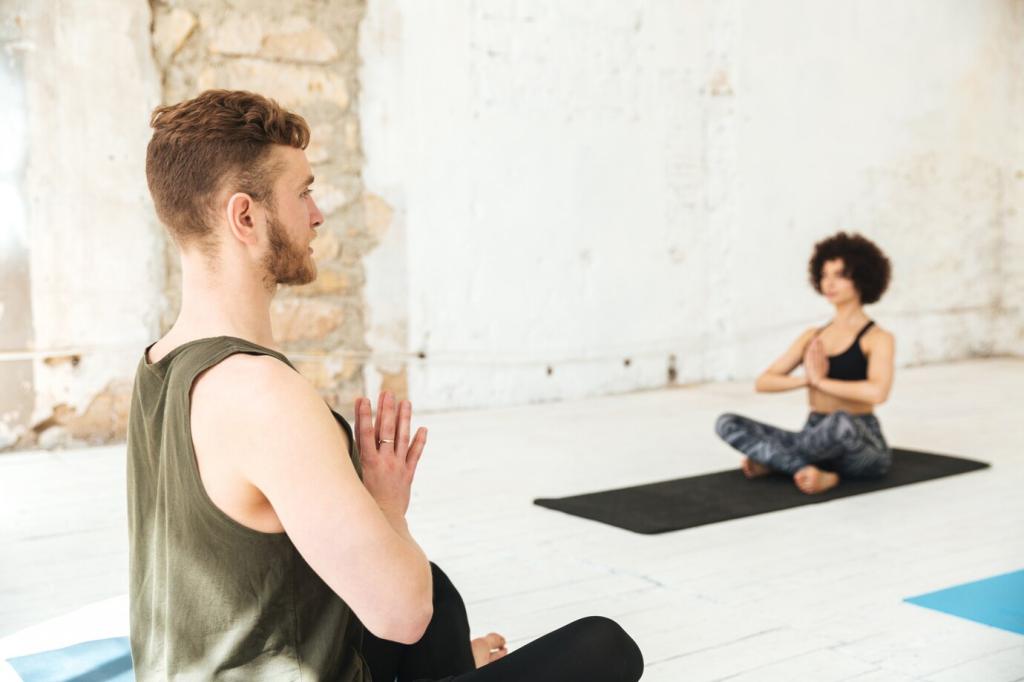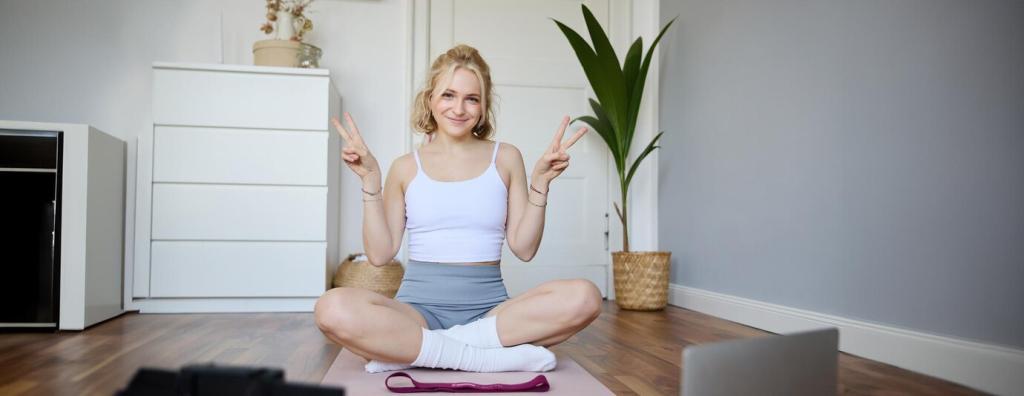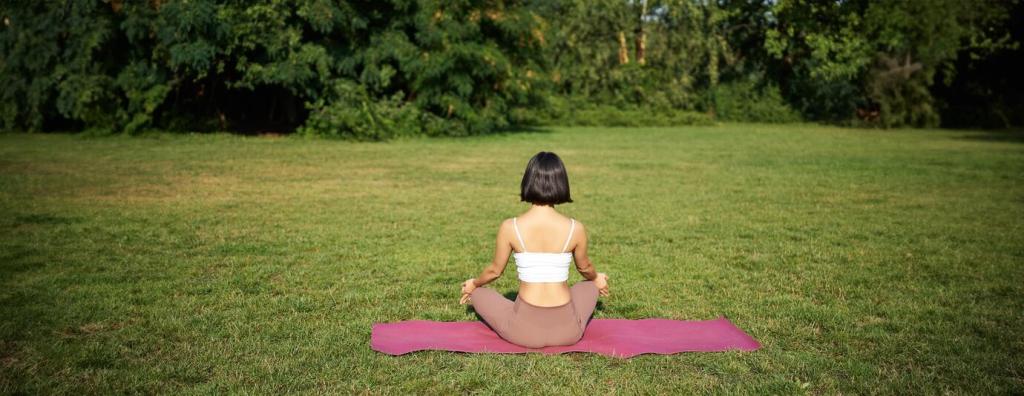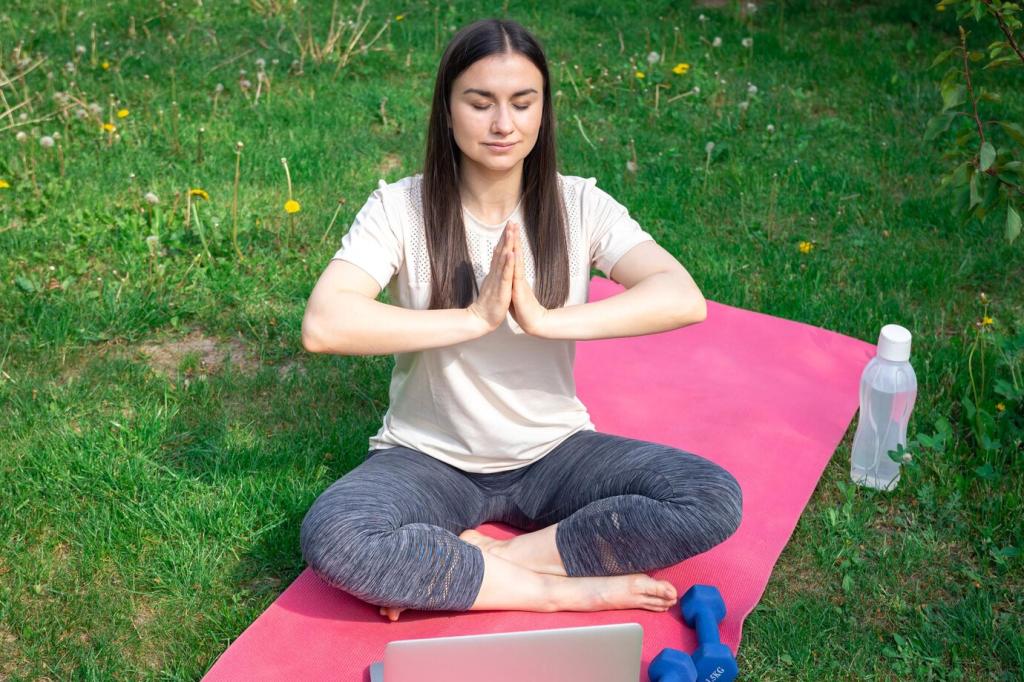Designing Your Focus Environment
Put your cushion or chair in a visible, welcoming spot. Keep a small card that simply reads “Return.” Silence unneeded devices. A consistent location and time converts intention into habit. When the space cues focus, you waste less energy negotiating with yourself to begin.
Designing Your Focus Environment
Use a gentle chime timer and a two-breath ritual: inhale, lengthen; exhale, soften; repeat. Consider a Pomodoro pairing—five minutes of Focused Attention Practice, then a work sprint. The ritual signals your brain to settle, while the timer holds the container for steady effort.










